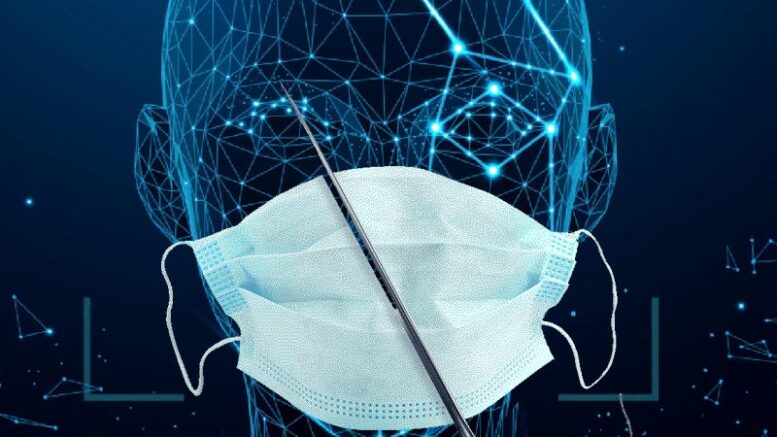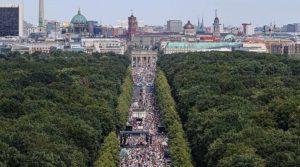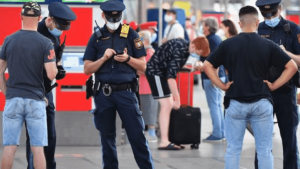Facial recognition is
suffering hard times due to face masks, but it is only a matter of
time before algorithms are developed that add in whole body
features, including heartbeat, gait, size, etc. ⁃ Technocracy
News & Trends Editor Patrick Wood
Many facial recognition companies have claimed they can identify
people with pinpoint accuracy evenwhile
they’re wearing face masks, but the latest
results from a study show that the coverings are dramatically
increasing error rates.
In an update Tuesday, the US National Institute of Standards and
Technology looked at 41 facial recognition algorithms submitted
after the COVID-19 pandemic was declared in mid-March. Many of
these algorithms were designed with face masks in mind, and claimed
that they were still able to accurately identify people, even when
half of their face was covered.
In July, NIST released a report noting that face masks were
thwarting regular facial recognition algorithms, with error
rates ranging from 5% to 50%. NIST is widely considered the
leading authority on facial recognition accuracy testing, and
expected algorithms to improve on identifying people in face
masks.
That day has yet to come, as every algorithm experienced
marginal increases in error rates once masks came into the picture.
While some algorithms still had accuracy overall, like Chinese
facial recognition company Dahua’s algorithm error rate going
from 0.3% without masks to 6% with masks, others had error rates
increasing up to 99%.
Rank One, a facial recognition provider used
in cities like Detroit, had an error rate of 0.6% without
masks, and a 34.5% error rate once masks were digitally applied. In
May, the company started offering “periocular
recognition,†which claimed to be able to identify people
just off their eyes and nose.
Rank One CEO Brendan Klare said the company wasn’t able to
submit that algorithm to NIST because of the agency’s limit to
one submission per organization.
“Thus, the NIST mask study does not reflect our ability to
perform identification in the presence of masks,†Klare said in
an email.
TrueFace, which is used
in schools and on Air Force bases, saw its algorithm error rate
go from 0.9% to 34.8% once masks were added. The company’s CEO,
Shaun Moore, told
CNN on Aug. 12 that its researchers were working on a better
algorithm for detecting beyond masks.
TrueFace didn’t respond to a request for comment.
Sourced from
Technocracy News & Trends
Subscribe
to Activist Post for truth, peace, and freedom news. Send
resources to the front lines of peace and freedom HERE! Follow us on
SoMee,
HIVE, Parler,
Flote, Minds, and Twitter.
Provide, Protect and Profit from what’s coming!
Get a free issue of Counter
Markets today.


















